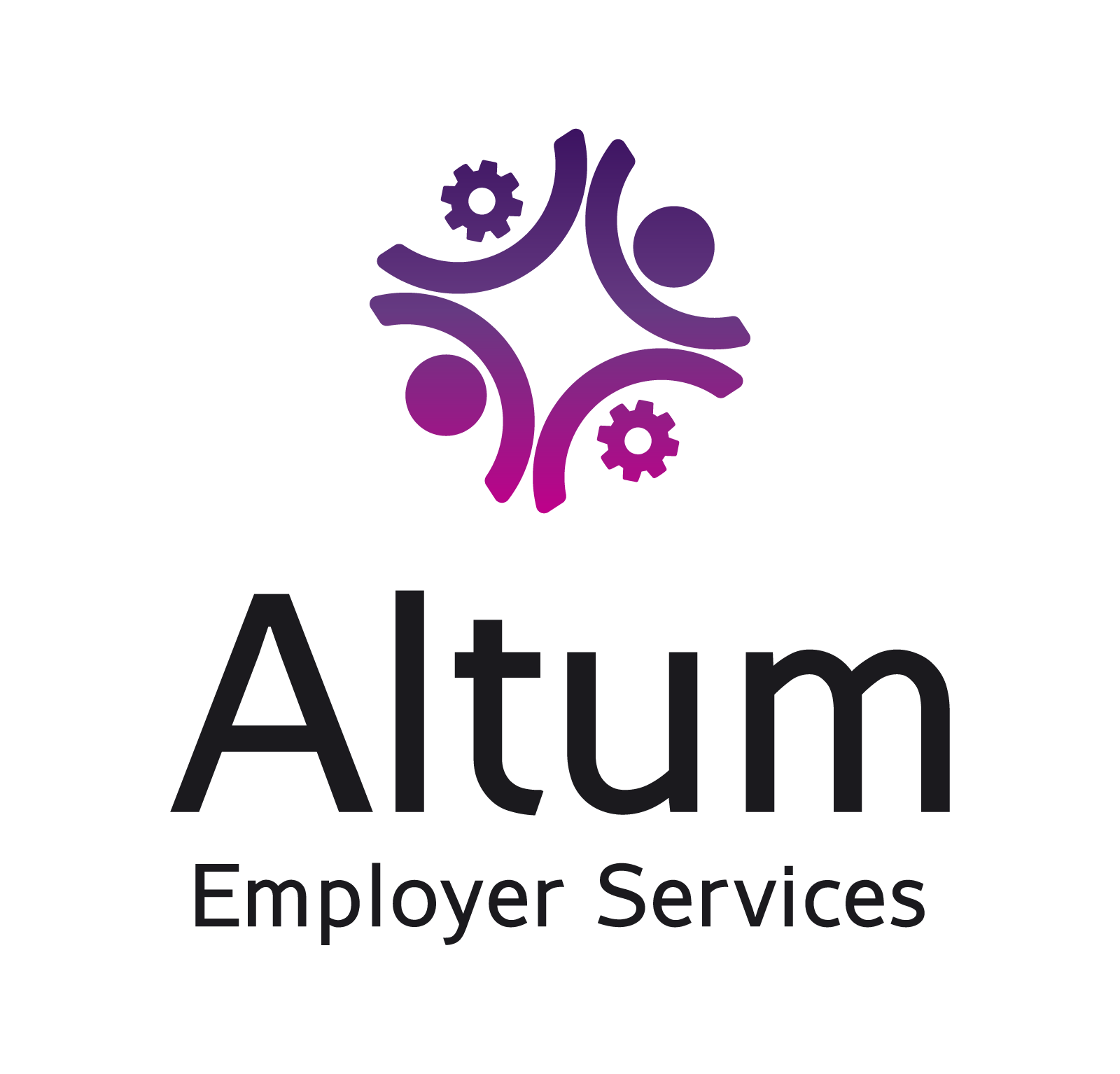Conducting a Covid 19 Risk Assessment
Before you can get your employees back to work, you need to ensure that it is safe for them to return, and the best way to do this is to carry out a COVID-19 risk assessment.
You don’t have to be a health and safety professional to be able to conduct a risk assessment, but as an employer, you do have an obligation to provide a safe and healthy working environment for all your employees.
Where to start?
Conducting a risk assessment aims, on a basic level focuses on asking two fundamental questions:
➜ What can go wrong?
➜ What can we do to prevent it from happening in the first place, or manage the risk if it does actually happen?
There are four key stages:
1. Identify and assess any risk
2.Evaluate the risk
3.Manage the risk
4.Measure the risk
We advise all of our clients to begin by considering their work environment. If you are able to access your place of work, go in while no-one is there and walk around, put yourself in your employee’s shoes. If you aren’t able to go in physically, visualise the work environment and ask yourself the following types of questions:
✦ What doors are employees going to have to touch and open?
✦ Are there hand watching facilities available if they do have to open doors?
✦ Will your employees need full access to kitchen facilities?
Once you have done that and made a list of any areas that your employees will come into contact with, you can then begin to make plans on how to safeguard those areas to the best of your ability.
Things to put in place could include:
✦ Considering if you need to place hand sanitizer stations where there are no hand-washing facilities.
✦ Looking at pinch points like entry points in and out of office doors.
✦ Mark passing points with tape and create a waiting box.
✦ Advising your employees not to walk into that box unless they know that there is nobody else coming
Ensure that you are thorough and document everything that you think of. You’ve now got the bones of your risk assessment. You’ve identified any potential risks and you’ve also identified ways that you can potentially mitigate that risk.
Now that you have all of your information, it is time to consider how you are going to transition into implementation.
✦ Are your employees properly trained about the new policies?
✦ Have the changes been appropriately communicated?
✦ Ideally, can your new policies be signed to say employees have understood and agreed to the policy/policy amendments?
Remember, you are going to be very reliant on your employees to police themselves. If an employee breaches the new social distancing policy then you have to deal with that the same way as you would any other breach of policy.
*Please note, we do not suggest that you write your own policies, it is always advisable to get professional HR support. However, we do encourage you to make sure that if you are going to have a social distancing policy, that is it written and implemented properly within your business.
